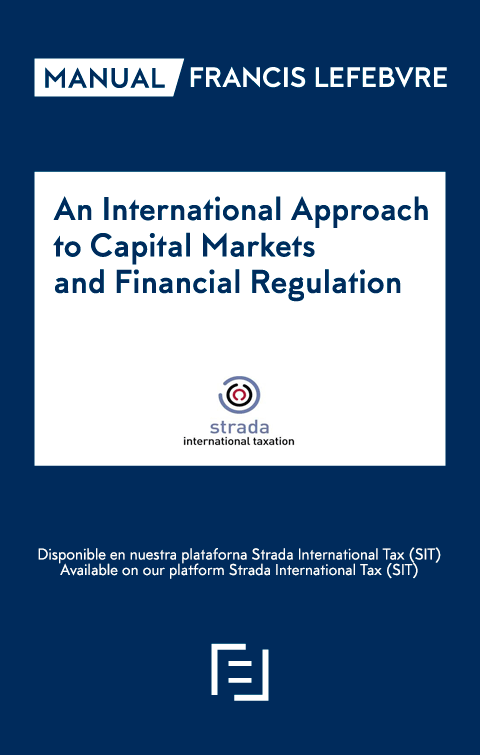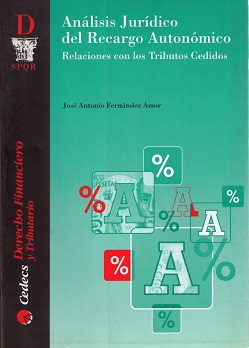Un completo análisis de los mercados de capitales y regulaciones financieras del mundo de hoy, con especial atención en Estados Unidos y la Unión Europea.
Estudia los fundamentos y los principales elementos de la regulación financiera, el “por qué”, el “cómo” y el “quién”.
Conocerás de forma práctica y directa el papel que desempeña el dinero en la economía y su impacto en transacciones internacionales.
PROLOGUE
CHAPTER 1: WHY STUDY CAPITAL MARKETS AND FINANCIAL REGULATION?
CHAPTER 2: AN OVERVIEW OF THE FINANCIAL SYSTEM
1. Introduction to the financial system
2. Financial system structure
3. Financial markets
4. Financial intermediaries
5. Financial regulation
CHAPTER 3: THE RATIONALE FOR THE EXISTENCE OF FINANCIAL INSTITUTIONS
1. Introduction
2. Definition and role of financial institutions
3. Types of financial intermediaries
4. The function of financial institutions
CHAPTER 4: THE MONEY MARKETS
1. Introduction to money markets
2. The money market segments
3. The purpose of money markets
4. Money market participants
5. Money market instruments
CHAPTER 5: THE BOND MARKET
1. Introduction to capital markets
2. The bond markets and its instruments
3. Bonds traded in the debt markets
4. Bond market yields
5. Bond market valuation
CHAPTER 6: THE STOCK MARKET
1. Introduction to the stock market
2. Common stock and preferred stock
3. Stock market characteristics
4. How stocks are sold
5. Stock valuation
6. Stock trading regulations
CHAPTER 7: THE DERIVATIVES MARKET
1. Introduction to the derivatives market
2. General overview of derivatives
3. Types of derivatives
CHAPTER 8: THE MORTGAGE MARKET
1. General overview of mortgages
2. Types of mortgage loans
3. Mortgage markets
CHAPTER 9: THE FOREIGN EXCHANGE MARKET
1. Introduction
2. General overview of the foreign exchange market
3. Exchange rates
CHAPTER 10: THE INTERNATIONAL FINANCIAL SYSTEM
1. Introduction to the international financial system
2. Intervention in the foreign exchange market
3. Balance of payments
4. Exchange rate regimes in the international financial system
5. International financial institutions
CHAPTER 11: FUNDAMENTALS OF CENTRAL BANKING
1. Introduction
2. The federal reserve system
3. The european central bank (ecb)
CHAPTER 12: BANKING AND THE MANAGEMENT OF FINANCIAL INSTITUTIONS
1. Introduction
2. Functioning of banks as financial intermediaries
3. General principles of bank management
CHAPTER 13: FINANCIAL REGULATION
1. Introduction to financial regulation
2. Types of financial regulation
3. European union and united states regulation
CHAPTER 14: SHADOW BANKING
1. Introduction: financial innovation and shadow banking
2. Defining shadow banking
3. Similarities and differences between traditional banking and shadow banking
4. Participants in shadow banking
5. Shadow banking intermediation activities, economic functions and
intermediation process
6. Shadow banking benefits and risks
7. Changes in regulation
CHAPTER 15: THE MUTUAL FUND INDUSTRY
1. Introduction: general overview of the mutual fund industry
2. Advantages and disadvantages of mutual funds
3. Mutual fund structure
4. Classes of mutual funds
5. Fee structure of investment funds
CHAPTER 16: INSURANCE COMPANIES AND PENSION FUNDS
1. Introduction
2. Insurances
3. Pension funds
CHAPTER 17: INVESTMENT BANKS, PRIVATE EQUITY AND VENTURE CAPITAL FIRMS
1. Investment banking
2. Private equity







